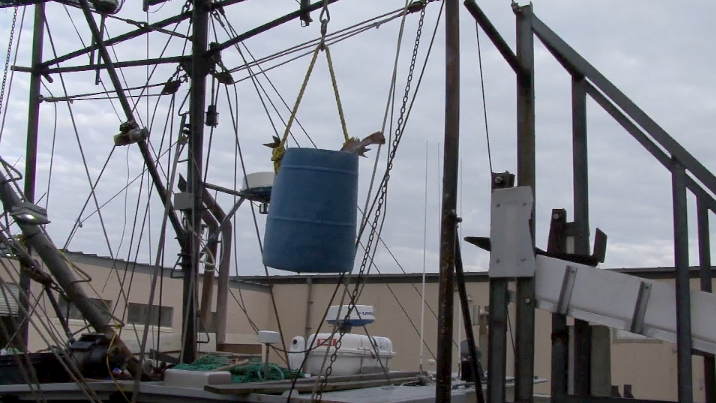What exactly is local fish? That question came up during my research for a couple recent stories. It seems simple, but it’s not.
The way distribution is set up for commercial fishing makes it difficult for diners who want to make sea-to-table connections. In North Carolina, Ryan Speckman of Locals Seafood discovered that most seafood was being landed and shipped out of state to major hubs like Boston and New York before making its way to back to the state — and no longer as fresh as when it first arrived.
Likewise, in Maine, our commercial fishermen steam out to the Gulf of Maine to fish. If that fish is landed in Massachusetts and makes its way back to Maine, is it still local? Believe it or not, these things matter (a lot) to those invested in promoting local food. They want to ensure that food is consumed as close to the source as possible.
But when it comes to fish it’s probably better to look at the bigger picture. In her presentation, “Integrating Seafood Into Maine’s Food Systems,” Amanda LaBelle points out 90 percent of the fish we eat is imported. Most consumers don’t know that fish caught in U.S. federal waters are sustainably managed by law. Even species at low levels like cod are being caught at rates that won’t further deplete those levels. In the many reports on seafood sustainability, that’s a story people usually don’t hear.
The other problem is that local fishermen are often left out of the local food conversation. I wrote about this in a story about selling fish at farmers markets for the Maine Sunday Telegram. Only about 30 of Maine’s 140 markets have fish at all (and that’s a high estimate). Advocates for the industry like Monique Coombs of Lobsters on the Fly and Ben Martens of the Maine Coast Fishermen’s Association are working to change this. There’s a lot of work to be done educating people about local fish species. Farmers markets may be useful forums to spread the word about the industry to people who care about what they eat.
It seems the fishing industry could use more middlemen like Speckman. I interviewed him for an upcoming National Fisherman story. He wasn’t initially involved in the seafood industry but had been working on the North Carolina coast and got used to enjoying fresh seafood. When he moved inland, he was disappointed to find it wasn’t readily available. He and business partner Lin Peterson started Locals Seafood to make this possible. He told me the most important part of local is that the fish be fresh and come from North Carolina fishermen and support that state’s industry.
Don’t forget that all seafood is required to carry country of origin labeling. Telling people to check that label and buy U.S. fish is the easiest way to support our commercial fishermen.
Screen shot of Maine fish being unloaded at the Portland Fish Exchange by Leslie Taylor







